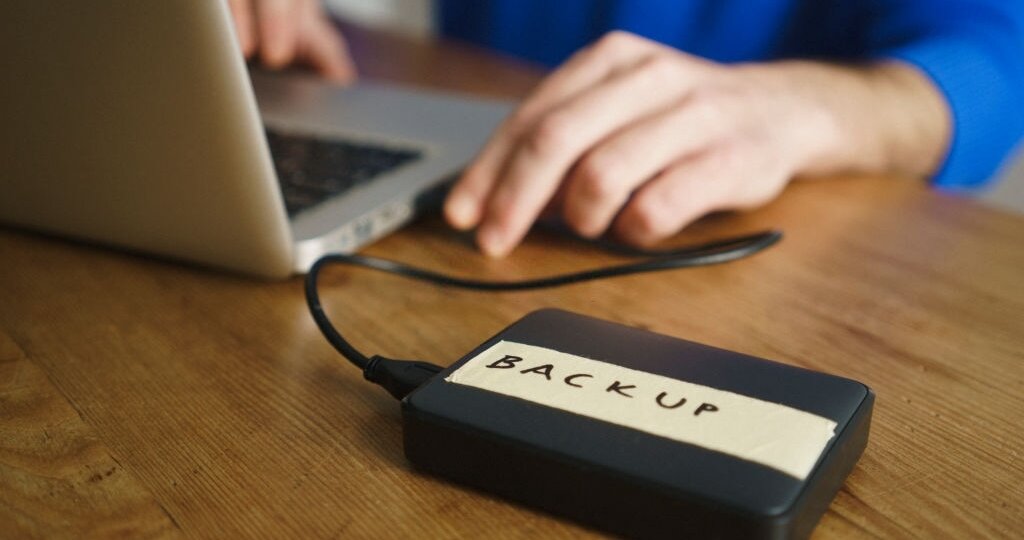
Data Backup and Restore Solution for Medium to Enterprise Business
Backup and restore means using tools and technology that allow you to make periodic copies of data usually to off-site storage and if required use these copies to recover the data in its original form.
Backups become essential when there is a chance that important data might be lost or damaged due to a power problem, cyberattack, human error, or another unplanned incident.
A responsible organization should ensure they have an appropriate backup solution in places, such as a private cloud, business cloud, or enterprise cloud for backing up their data.
In fact, most organizations consider data backup and restoration to be a critical part of their company’s disaster recovery strategy.
Backup and Restore Strategies
You must carefully plan your backup and restore strategy to find the right balance between efficiency and data integrity. The first step in developing a backup strategy is to determine the recovery time objectives (RTO) for every type of data and application RTO simply means the amount of time in which your business must recover the data to avoid serious consequences resulting from the data loss.
Other than RTO, you might also have to weigh up the possibility of sacrificing some inconsequential data and applications, if your business can afford to. The acceptability of this possibility varies from company to company. Still, it has significant implications for the cost and scope of the backup plan and service you will acquire.
Data-driven services like e-commerce sites and databases are essential for the smooth functioning of your business. Such critical components need to recover in the shortest amount of time possible to minimize financial losses. Data-driven companies and enterprises often spend significant money to ensure quick and efficient recovery services from a reputable business cloud.
Other than the maximum recovery time, you should also consider many other factors for choosing a suitable backup and restore technology such as data security, scalability, and even the physical infrastructure.
Different Methods of Backup
Generally, there are 4 products and services that you can use to back up your business’s data. These are:
1. Tape Drive
Using tape drives for backup is the oldest solution to backing up your data. It is a very cost-effective method of backup and offers high-capacity data storage.
However, it has a very slow read/write performance, which makes tape drives a poor choice for incremental backups.
Moreover, a tape is particularly vulnerable to physical damage and wearing out over time, which increases the amount of time and effort a company must spend on monitoring their condition.
Tape drives are only efficient when companies want to backup data that they do not expect to need urgently. This is because restoring data from a tape drive takes a few days.
2. Hard Drives
Hard disk drives (HDDs) and solid-state drives (SSDs) are the most commonly used devices for personal or large-scale business backups.
Both of these drives are much quicker than tape drives due to their quicker read/write performance, making them suitable for continually-updated backups.
SSDs have become more popular than HDDs as they are much faster and take far less physical space than HDDs.
3. Backup Server
A backup server is a customized server developed specifically for your business to back up files and applications usually shared across numerous computers on the same network.
Often referred to as Network Access Storage, or NAS, these servers use HDDs and specialized software to support backups and storage across a local office-wide or company-wide network.
The disks are usually configured with build in redundancy, known colloquially as RAID, to prevent data loss in the case of a single or sometimes multi-drive failure.
However, on-site backup solutions can be quite expensive for a company because of the up-front cost of physical infrastructure and the space requirements for it in the office.
Additionally, storing data on-location leaves your business vulnerable to localized issues such as flooding, fire, and theft.
It also requires the hiring or contracting of highly-skilled staff to maintain. Despite some drawbacks, on-site backup servers are a fast and efficient option.
On-site backup systems and private clouds still remain the most popular backup solutions for large organizations.
4. Clouds
Business and enterprise cloud-based backup services allow organizations to back up data and applications through an internet connection to a remote data centre that is managed and maintained by the cloud hosting company.
Private clouds are considered the most flexible type of backup because you can store as much data as you want and, in most cases, only pay for what you use.
Moreover, business cloud service providers also offer automated backup that minimizes the risk of data loss.
Cloud backup solutions eliminate the need to invest a significant amount of money up-front to purchase hardware for on-site backup systems.
These backup solutions are cost-efficient, scalable, and protect your data in case of a local power outage or disaster.
Final Thoughts
There are many different ways of backing up and restoring your data. Choosing an appropriate backup solution is of utmost importance for your business’s overall success and ability to get through any unplanned incident that can harm your data and applications.
Ultimately, it comes down to your company’s budget and requirements. Enterprise cloud services are very popular in medium and large-scale organizations.
Similarly, not every company can afford to dedicate a separate room to servers for on-site backup or otherwise, with the advent of fast internet and remote services, these companies are now using private and business clouds instead of, or alongside, more traditional HDD, or SSD-based on-site solutions.
